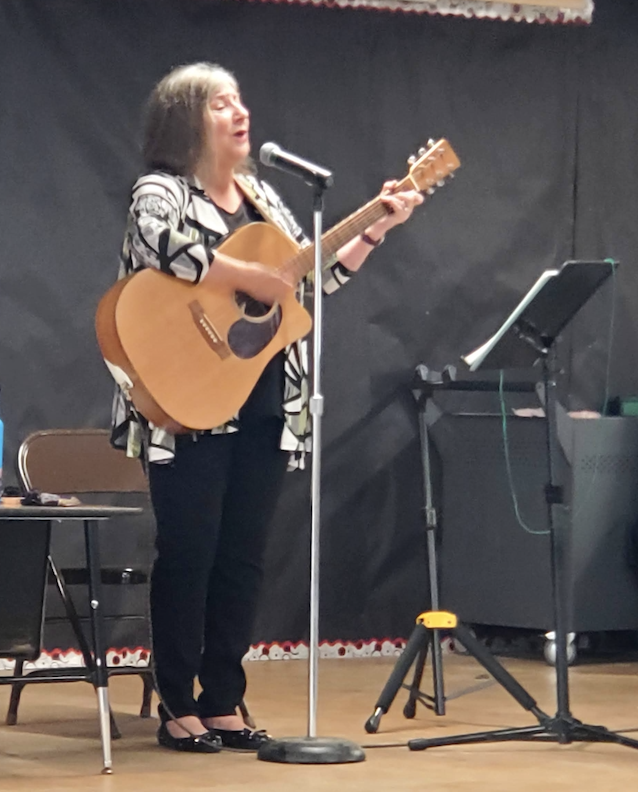 If there’s one thing I’ve learned over the years of leading keynote and now keynote concerts , it’s that the traditional keynote speech—with its PowerPoint slides, impersonal delivery, and often stiff formality—just doesn’t cut it anymore. Sure, there’s some value in information-driven presentations, but the landscape has shifted. People want to feel, not just understand. They want to be moved, not just taught. And they certainly don’t want to passively sit through another dry presentation that lacks human connection. That’s been the driving philosophy behind my keynotes for many years now and since I have added music to every keynote, I’ve witnessed firsthand how music, stories, humor, and interaction combine to create unforgettable experiences. These concerts have grown out of my own journey plus working with the amazing Tiamo De Vettori who coined the term keynote concert. From Tiamo I learned how to more effectively harness the power of my music and stories,….blending my background in psychology, psychiatric nursing, and performing arts—to revolutionize my conference presentations, motivate teams, and offer something far more impactful than just words on a screen.
If there’s one thing I’ve learned over the years of leading keynote and now keynote concerts , it’s that the traditional keynote speech—with its PowerPoint slides, impersonal delivery, and often stiff formality—just doesn’t cut it anymore. Sure, there’s some value in information-driven presentations, but the landscape has shifted. People want to feel, not just understand. They want to be moved, not just taught. And they certainly don’t want to passively sit through another dry presentation that lacks human connection. That’s been the driving philosophy behind my keynotes for many years now and since I have added music to every keynote, I’ve witnessed firsthand how music, stories, humor, and interaction combine to create unforgettable experiences. These concerts have grown out of my own journey plus working with the amazing Tiamo De Vettori who coined the term keynote concert. From Tiamo I learned how to more effectively harness the power of my music and stories,….blending my background in psychology, psychiatric nursing, and performing arts—to revolutionize my conference presentations, motivate teams, and offer something far more impactful than just words on a screen.
A Proven Formula: Moving Beyond Traditional Keynotes
So why do keynote concerts work so well? It’s not just because they’re different, but because they engage the brain and the heart simultaneously. Over the years, I developed my presentations, added music, and learned unique ways to deliver my stories and songs. Valuable information and lessons combined with emotion and inspiration, are why people remember these experiences. When people feel something, they remember it. Here are a few reasons why keynote concerts resonate so deeply:
- Music is Universal: Whether it’s a simple tune or a full musical arrangement, music connects us all. It’s a great equalizer that transcends the technicalities of a message and goes straight for the emotions.
- Messages Stick Through Storytelling: Facts and figures are important, but let’s be honest—if I just stand there rattling off statistics, those numbers will slip away as soon as the session ends. People remember stories more than anything else because they offer context and emotion.
- Connection Through Empathy: With my diverse background, I could easily focus only on dry, clinical aspects of personal or professional development. But the human side is always what I gravitate toward. I know that anyone—whether a top-level manager struggling under stress, or a middle employee needing more empowerment—can benefit from empathy, engagement, and connection rather than just a bunch of talking points.
The Emotional Power of Music in My Keynote Concerts
Now, let’s dive deeper. Over years of performing,, I’ve found that music isn’t just a tool—it’s the secret sauce. Music rewires the brain in ways we don’t fully understand but can certainly feel. Science backs this up. When listening to music, multiple areas of the brain light up, often in ways that other forms of communication just don’t match! Not only does music engage your audience emotionally, but it also breaks down barriers almost instantaneously. People often walk into conferences guarded, perhaps apprehensive about networking or hesitant to fully engage in the experience. And then, something magical happens as music fills the room: tension fades, smiles spread, and walls come down. Suddenly, the room feels different. People are ready to listen—not just to me, but to each other.
Keynote Concerts Build Engagement Like No Other
Think of your typical conference keynote. You have a presenter on stage, the crowd listens—or maybe they don’t—and once it’s over, they leave. There’s nothing interactive about that. There’s nothing that reaches the crowd in a way that sparks real energy. But when I walk onto that stage, I don’t come prepared to simply talk to the audience—I also want to connect with them. Here’s why my keynote concerts consistently drive better engagement:
- Active Participation: Throughout the entire presentation, I don’t just present, I involve the audience. Through sing-alongs, clapping, and other interactive moments, I keep them present in the moment, grabbing their attention and holding it closely.
- Creating Lasting Memories: Ask someone what they remember from their last conference keynote. If they recall the core message, that’s a win—but for a lot of attendees, half the content slips away. With keynote concerts, though? They leave with a song still playing in their heads, and that musical link helps them remember the message it was tied to.
- Room for Reflection: People often don’t get the time to stop, think, or even breathe during their professional lives. My keynote concerts force them to hit ‘pause.’ I ask the audience not only to listen but to think deeply and reflect. I give them space to process what they’re hearing and connect it to their experiences.
Now, I know some might assume that concerts with so much interaction and music may lose the key “takeaways,” but that’s the beauty of this model. By being present, connected, and emotionally engaged, attendees leave the event not just entertained but with practical steps they can immediately apply to their personal and professional lives.
Why This Approach Works for All Audiences
Let’s address the elephant in the room: Who benefits from a keynote concert? You might think this approach is best suited for creative fields or feel-good events, but the truth is, diverse industries from healthcare to government associations regularly invite me to deliver this fresh take. My keynote concerts include messages on leadership, collaboration, dealing with change, and empowerment—topics every organization faces, no matter its focus. Whether it’s business professionals, non-profits, educators, or technical teams—everyone can benefit from a keynote concert. And because the sessions can be tailored to resonate with a specific audience, the chances of your attendees leaving more inspired and engaged increase dramatically.
Key Ingredients of a Successful Keynote Concert
Here are some essentials that every event needs for the magic to unfold:
- Engaging, Relatable Stories: I invest time in crafting stories that match the audience’s challenges. Whether we’re diving into the hurdles of leadership in my “Be an Audacious Leader” concert or unlocking potential in “Choosing a New Story,” the stories are the glue that binds complex themes into a relatable experience.
- Live Music and Audience Interaction: This isn’t just background music—this is all about using music as an active participant in the learning process. It’s there to enhance, clarify, and bring my messages to life. Not to mention, it gets the audience moving and involved.
- Tailored Content: My keynote concerts are flexible enough to fit large-scale conferences or smaller, intimate professional events. Each concert can be customized to reflect the objectives of a particular group, ensuring everyone walks away with what they need.
Frequently Asked Questions
Q: What type of event is best suited for a keynote concert?
A: These concerts adapt to almost any setting—corporate retreats, leadership summits, conferences, or team-building events. The flexibility of this approach means it works from small group gatherings to massive industry conventions.
Q: Will attendees really learn, or is it just entertainment?
A: Of course, entertainment is a key piece, but the songs and stories are deep vessels for delivering educational and practical takeaways. Audiences learn transformational leadership skills, team synergy strategies, and much more.
Q: How interactive are the concerts?
A: Very! It’s not just me on a stage talking at people. The audience gets involved through clapping, singing, and reflective thought exercises. They walk away part of the experience, not just spectators.
Conclusion: Why Keynote Concerts Are Here to Stay
Keynote concerts have evolved over the years into a powerfully engaging tool—one that has proven its versatility and effectiveness time and time again. When conference organizers bring me in, it’s because they’re ready for something different. They want their message to stick and their attendees to feel. Whether you’re running a leadership conference, a professional development event, or just looking to inspire a new spark in collaboration, know this—your audience doesn’t need more endless words on a screen. They need to be inspired, uplifted, and engaged, all while gaining tangible skills they can take back to the workplace. And that’s exactly what a keynote concert does. There’s a reason I’ve been doing these for years. Are you ready to elevate your next conference?
